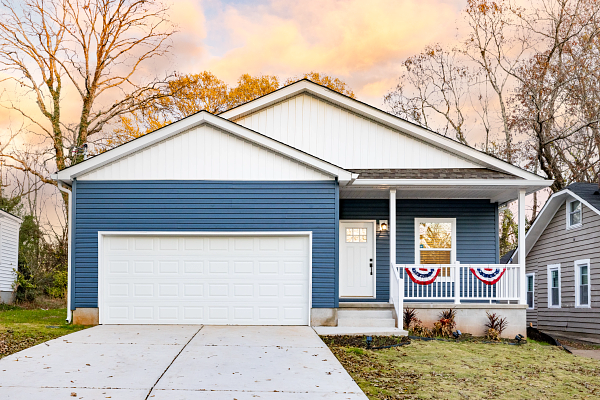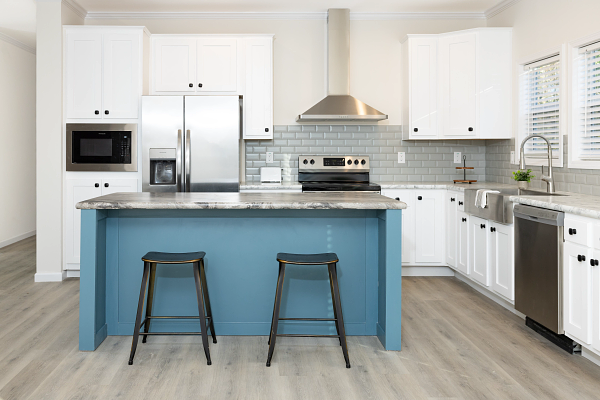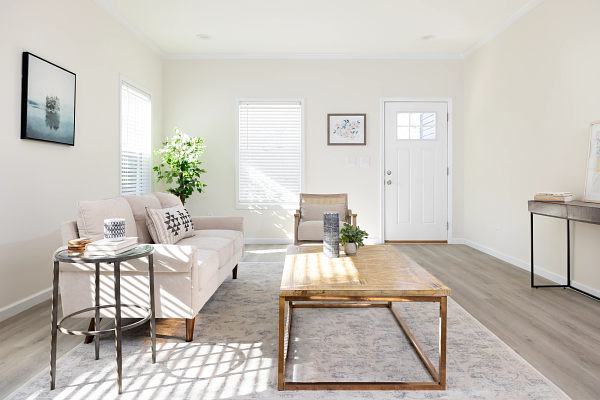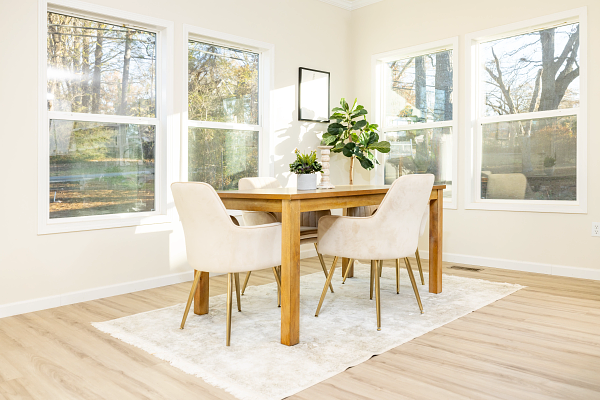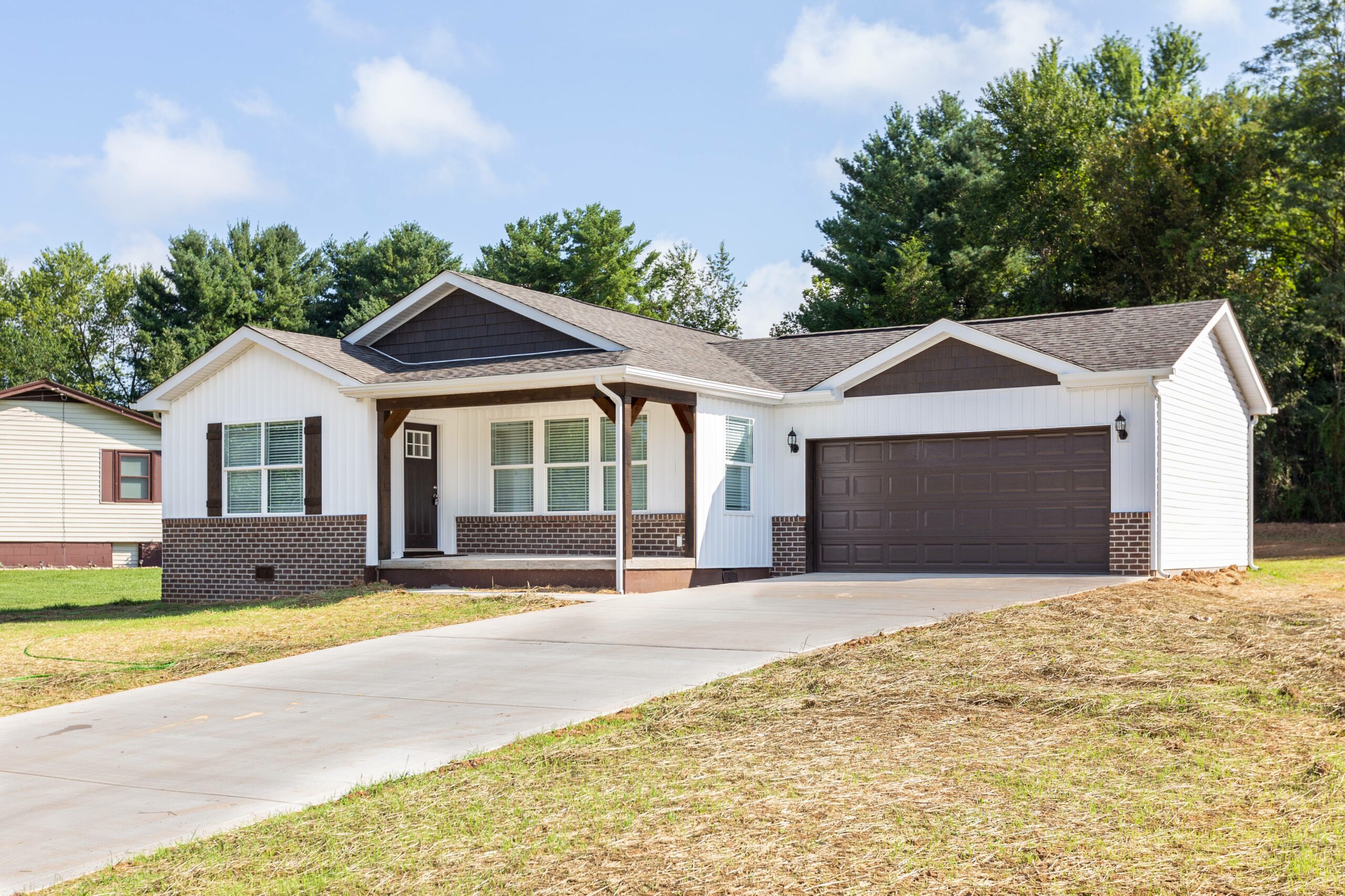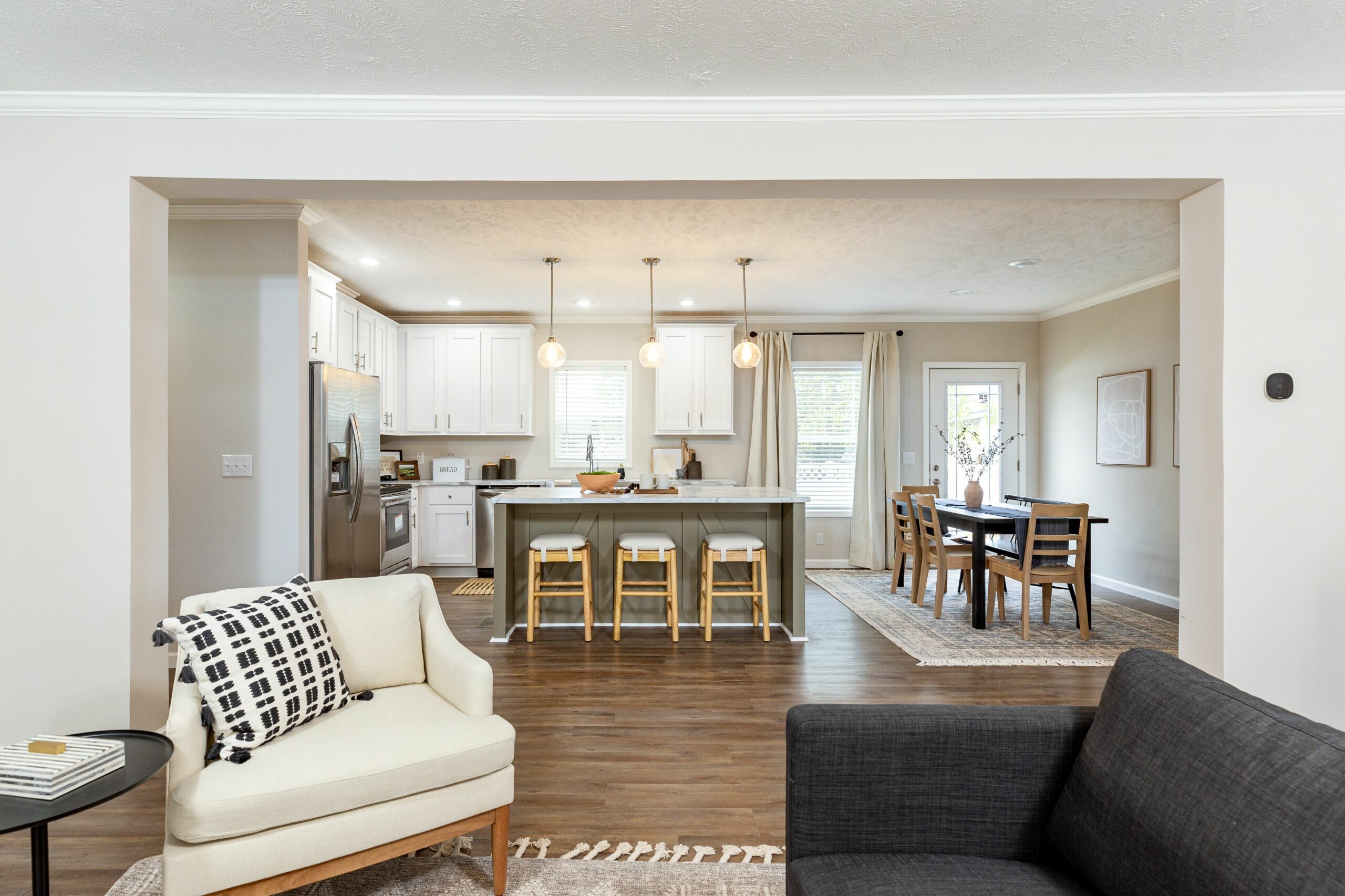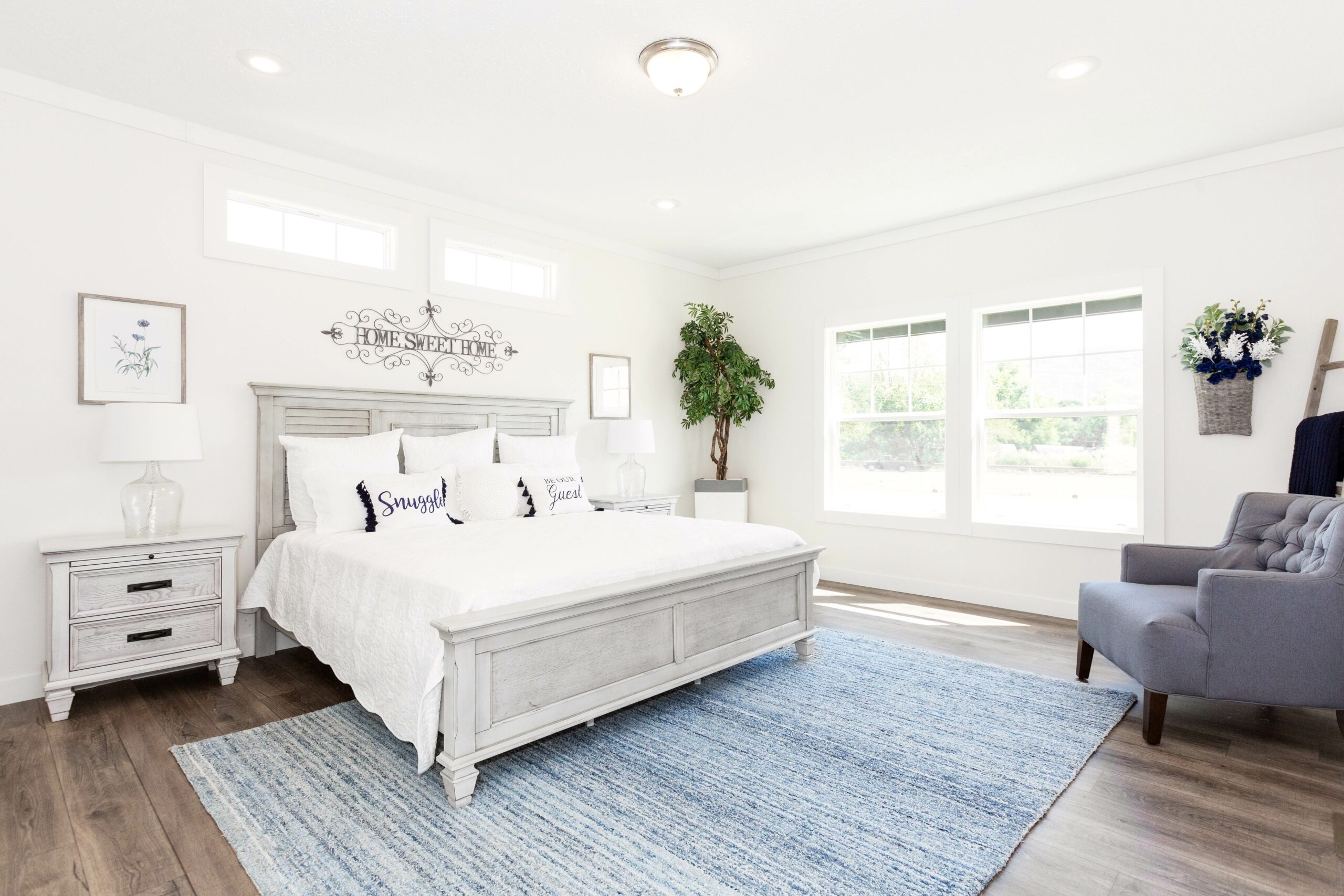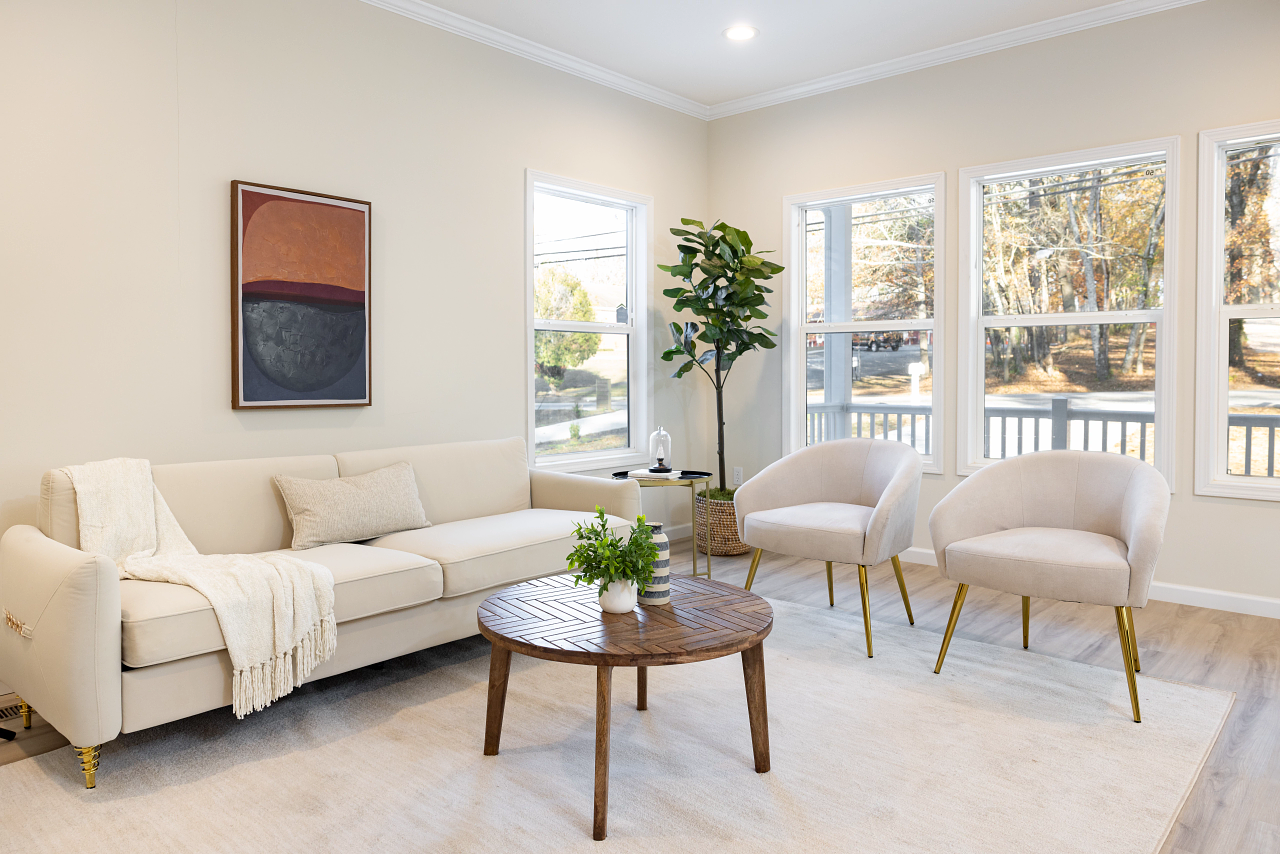Key Takeaways for Policymakers
- Reform zoning to permit factory-built housing in more residential districts.
- Streamline permitting to lower costs and shorten development timelines.
- Expand financing access through state programs and federal products like MH Advantage® and CHOICEHome®.
- Leverage state leadership to standardize zoning and incentivize factory-built housing development.
- Use federal levers like Duty to Serve to normalize factory-built housing in the mortgage market.
- Invest in education to dispel stigma and build community support.
The affordable housing crisis continues to deepen across the United States. Rising rents, limited supply, and restrictive land-use policies leave many families without access to safe, affordable homes. Factory-built housing (FBH) represents a proven yet underutilized tool to meet this challenge. Built to rigorous standards, often at lower cost and with greater speed than site-built homes, factory-built housing can play a critical role in expanding the housing supply. But realizing its full potential requires forward-thinking policy at the local, state, and federal levels.
The Case for Factory-Built Housing
Policymakers face mounting pressure to identify scalable solutions to the housing affordability crisis. Factory-built homes deliver unique advantages:
- They are cost-effective, offering price points well below site-built counterparts.
- They are efficient, with construction timelines measured in weeks rather than months.
- They are also high-quality and resilient, with modern HUD Code and modular designs rivaling or exceeding traditional construction standards.
- Many factory-built home models are energy-efficient or Zero Energy Ready, aligning with climate goals and reducing long-term household costs.
Policy Barriers Standing in the Way
Despite their advantages, factory-built homes remain marginalized in many communities. This is not a matter of consumer demand alone, but it’s also the direct result of public policy choices.
- Zoning restrictions: Exclusionary codes often prevent factory-built homes from being placed in residential areas, limiting supply.
- Financing challenges: Appraisal bias, limited mortgage options, and outdated perceptions hinder buyer access to credit.
- Permitting and land-use hurdles: Local processes are often duplicative, slow, and costly for developers.
- Persistent stigma: Negative stereotypes rooted in outdated “trailer park” imagery reduce acceptance among neighbors and policymakers alike.
These barriers underscore why comprehensive policy reform is essential for scaling factory-built solutions.
Policy Solutions at Every Level
Local Level: Reforming the Building Blocks
Local governments control the most immediate barriers to factory-built home adoption. Reforming zoning ordinances to allow these homes in single-family and mixed-use districts is a critical step. Streamlined permitting – sometimes through “fast-track” processes – can reduce development costs and shorten timelines. Municipalities can also incentivize mixed-income or workforce housing developments that include factory-built models, helping diversify local housing supply.
State Level: Setting the Framework
States have the authority to standardize practices across municipalities, ensuring consistent access to affordable housing options. Statewide zoning standards can curb exclusionary local ordinances that block factory-built housing. Housing finance agencies should explicitly include factory-built homes in their affordable housing programs, broadening access for low- and moderate-income households. Tax credits, infrastructure grants, and direct funding for nonprofit and mission-driven developers can further strengthen the pipeline of factory-built projects.
Federal Level: Growth on a National Scale
Federal action is essential to accelerate factory-built adoption nationwide. Expanding access to mortgage products like Fannie Mae’s MH Advantage® and Freddie Mac’s CHOICEHome® ensures buyers have financing options comparable to site-built homes. Directing federal housing funds toward factory-built housing in disaster recovery, rural housing, and affordability initiatives would further expand reach. Finally, federal investment in research and pilot programs can provide policymakers with evidence of factory-built housing’s cost savings, resilience, and community impact.
Case Studies: Local, State, & Federal Momentum
Local Reform: Los Angeles ADU & Modular Expansion
At the local level, Los Angeles has demonstrated how cities can leverage factory-built housing to address affordability and supply shortages. By streamlining permitting for accessory dwelling units (ADUs) and modular housing, Los Angeles created pathways for factory-built construction to help meet its aggressive housing production goals. Prefabricated ADUs, which can be built off-site and quickly installed, are now a growing share of the city’s housing solutions. This local reform shows how cities can retool zoning and permitting to encourage factory-built innovation.
State Action: Maryland’s Housing Expansion & Affordability Act
Maryland has emerged as a leader in statewide housing reform. In 2024, the state enacted the Housing Expansion and Affordability Act (HB 538), a sweeping measure aimed at addressing exclusionary zoning and expanding housing options across jurisdictions. The legislation creates clearer pathways for diverse housing types by requiring local governments to permit a broader range of housing options by right. Maryland’s example demonstrates how state-level policy can directly dismantle barriers to factory-built housing and open the door for more equitable housing development.
Federal Incentive: Duty to Serve & Innovative Loan Products
At the federal level, the Duty to Serve (DTS) program implemented by Fannie Mae and Freddie Mac provides another strong example. DTS requires the government-sponsored enterprises to support lending for manufactured housing, rural housing, and affordable housing preservation. In response, both enterprises have developed specialized loan products – such as MH Advantage® and CHOICEHome® – that treat qualifying factory-built homes comparably to site-built properties. These products reduce financing disparities, address appraisal challenges, and expand mortgage access for low- and moderate-income families. By embedding factory-built housing into federal housing finance policy, DTS demonstrates how federal action can normalize and scale factory-built housing within the broader housing market.
Conclusion
Solving this nation’s housing crisis requires creativity, and factory-built housing is an innovation hiding in plain sight. By reforming outdated zoning codes, expanding financing options, and embracing factory-built housing as a central component of housing strategies, policymakers can help deliver affordable, resilient, and sustainable homes to families who need them most. Los Angeles, Maryland, and the federal Duty to Serve program show that reform is possible. The task now is for leaders at every level to build on these examples and make factory-built housing a cornerstone of housing affordability policy.
